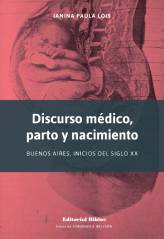Cholera, that devastated European cities during the 19th century, arrived in Brazil in 1855. Although the epidemic was less severe than it was abroad, thousands died in port cities.
Written by Fiocruz researches, Kaori Kodama, Tânia Salgado Pimenta, Francisco Inácio Bastos and Jaime Gregorio Bellido, the article shows how this epidemic exposed the social asymmetries of a society marked by slavery and social exploitation. The disease reached Brazil shortly after the arrival of a Portuguese ship in Belém with settlers from Porto, where the epidemic was raging. The outbreak, however, was only formally announced two months latter, when it came to Rio de Janeiro, probably through an infected slave.
While in Europe and United States cholera was an opportunity to design public policies to improve sanitation and water systems, in Brazil this type of response did not get much attention from authorities. According to the article, this happened in part because of its smaller scale in relation to the yellow fever epidemic that erupted a few years earlier.
Data collected in two hospitals in Rio de Janeiro indicated a social segregation, with slaves and former slaves suffering high mortality. In October 1855, this disproportion reached its peak, when deaths among this group was nearly twice as high as among the rest of the population. According to the research, this segregation is somehow surprising, given that the slave trade was no longer allowed and virtually no more Africans were coming to the country.
So, what could explain the higher death rates among salves and Africans? Poor living conditions is certainly one reason, including limited food and shelter and lack of access to health information and hygiene. Another intriguing possibility raised by this work is that Africans and their descendants were more susceptible to the disease because of low levels of stomach acid. A third hypothesis accounts for lack of sufficient social relations and family support; which was usually rare among slaves.












